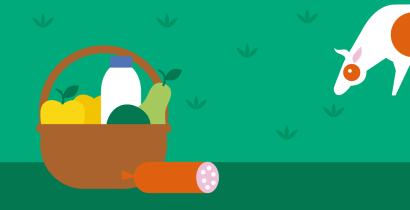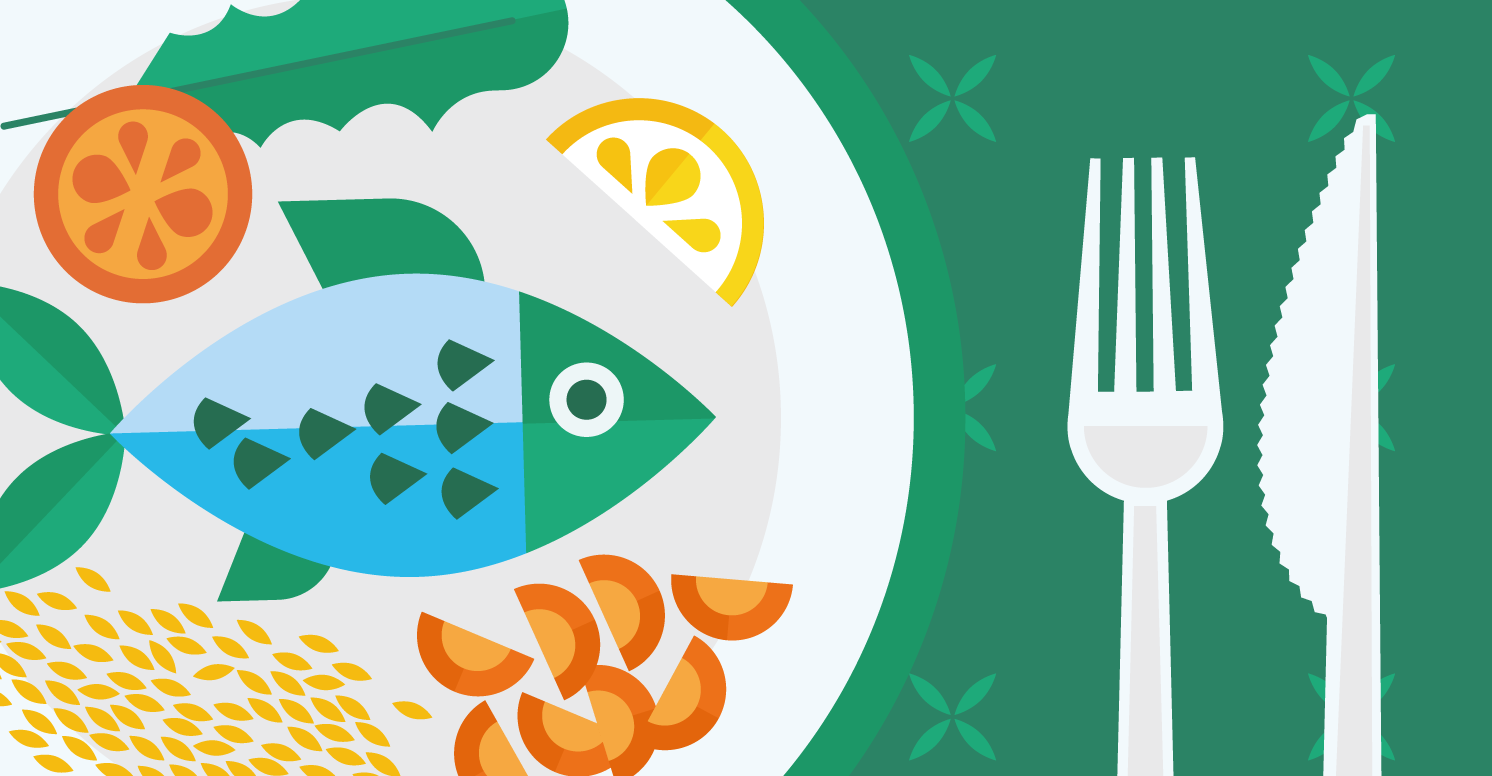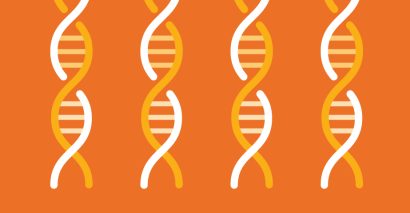Ensuring the safety of meat from vaccinated animals in Europe
Last Updated : 02 January 2013Vaccination of animals used for food has been performed for centuries. Today it may be carried out for several different reasons, not just to prevent disease. Novel vaccines are now being used to improve aspects as diverse as meat quality, animal welfare, and fertility. How are these vaccines assessed for consumer safety?
Use of vaccines in animals
Why are food animals vaccinated?
Vaccination protects animals against specific infectious diseases and may be carried out either routinely (e.g. Infectious Bovine Rhinotracheitis vaccination of cattle) or potentially in an emergency (e.g. foot and mouth disease outbreaks). Vaccination of animals used for food can also help protect consumers against zoonotic pathogens (those which can pass from animals to humans) such as Salmonella.1 When used properly, vaccines stimulate effective and long-lasting immunity to infectious disease. Novel vaccines are now emerging that can be used to vaccinate animals for reasons other than the control of specific diseases. The first group of these novel vaccines to be commercialised target the animal’s sex hormones, discussed below.
Animal welfare
Routine vaccination can prevent animals from suffering the effects of prevalent infectious diseases. When outbreaks of certain highly-infectious diseases occur amongst food animals, a programme of mass slaughter and carcass disposal of infected populations may be put in place to prevent the spread of the disease. Although effective, this is a wasteful solution and may have welfare implications additional to the effects of the disease itself. An increasingly acceptable alternative is emergency vaccination of uninfected populations which protects them from contracting the disease.2
Novel veterinary vaccines
A recent development in animal vaccinology is vaccines that stimulate the immune system of an injected animal to produce antibodies against one of a number of peptide hormones involved in sexual development and fertility. The vaccines are proteins that closely resemble the target hormone. One such vaccine is used as a castration alternative for reducing the incidence of boar taint in pigs. Boar taint may occur in cooked pork from sexually mature uncastrated male pigs; it may be off-putting to some consumers due to its distinct flavour, but is not unsafe. Vaccines in this group can also reduce aggressive behaviour to improve animal welfare and make animal handling easier and safer. The effect of these vaccines is usually temporary, with the number of antibodies produced decreasing over time, although additional doses later can ‘boost’ the response.3
Vaccine safety
Marketing authorisation
Vaccines used in food animals in Europe must be authorised by the European Medicines Agency (EMA). Marketing authorisation is granted only after safety has been satisfactorily demonstrated by the manufacturer.4 Following authorisation, the manufacturer is obliged to monitor adverse reactions in animals or humans and relay them to the EMA where they are assessed carefully. Based on this assessment, the manufacturer may be required to take appropriate action, e.g. prevention of further sale until the problem has been rectified to the satisfaction of the EMA.
Residues
Vaccines are typically composed of the following: the antigen (causes the immune response and normally a protein), adjuvants (chemicals that increase the vaccine efficacy) and excipients (bulk up the vaccine, e.g. saline). Only adjuvants and excipients that have been approved for use in food animals by the European Regulation (EEC) No 2377/90 can be included in the formulation. Of those approved chemicals, any with potential toxicity have had maximum residue limits (MRLs) established to ensure they are used only at levels safe to the animal and consumer. Since antigens are of biological origin and will consequently be broken down rapidly in the body, MRLs for antigens are ‘not considered necessary for the protection of human health’.5 Vaccines authorised by the EMA for use in food animals usually have a zero day withdrawal time, meaning that an animal can be slaughtered and safely eaten immediately after vaccination.5
Conclusion
Veterinary vaccines are becoming more diverse, with novel vaccines having uses different to disease prevention. Vaccines approved for use in European food animals have been carefully evaluated by the EMA for safety in the injected animal and in humans consuming foodstuffs from these animals. This evaluation continues beyond the initial marketing authorisation, throughout the commercial life of the vaccine. Novel vaccines have to pass this same rigorous process before they can be sold and are therefore considered by regulators to be comparable in safety to vaccines which have been used for many years in food animals.
References
- O'Brien SJ. (2012). The "decline and fall" of non-typhoidal Salmonella in the United Kingdom. Clin Infect Dis. Epub ahead of print 19 Nov 2012. Doi: 10.1093/cid/cis967
- Scudamore JM. (2007). Consumer attitudes to vaccination of food-producing animals. Rev Sci Tech Off Int Epiz 26(2):451–9.
- Meeusen ENT et al. (2007). Current status of veterinary vaccines. Clin Microbiol Rev 20(3):489–510.
- Grein K et al. (2007). Safe use of vaccines and vaccine compliance with food safety requirements. Rev Sci Tech Off Int Epiz 26(2):339–50.
- European Commission (2005). EudraLex: volume 8 – notice to applicants and guideline. Establishment of maximum residue limits (MRLs) for residues of veterinary medicinal products in foodstuffs of animal origin.



